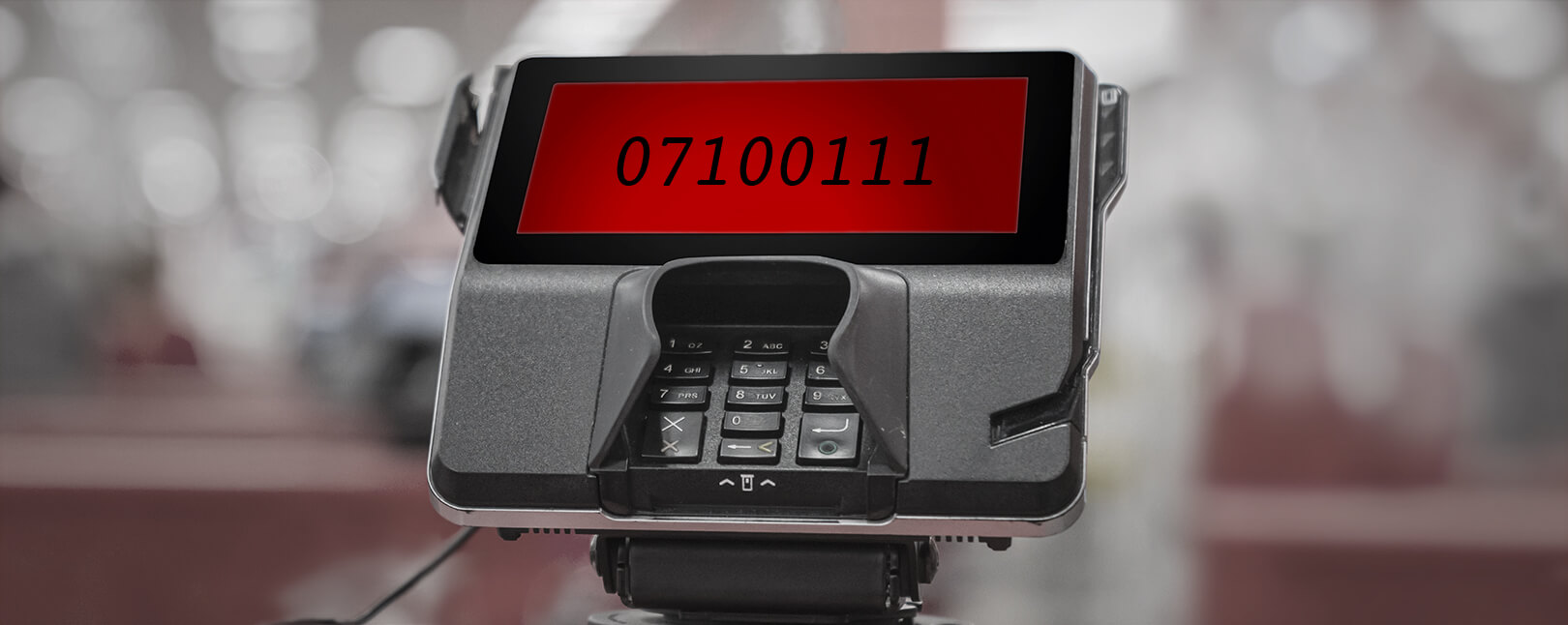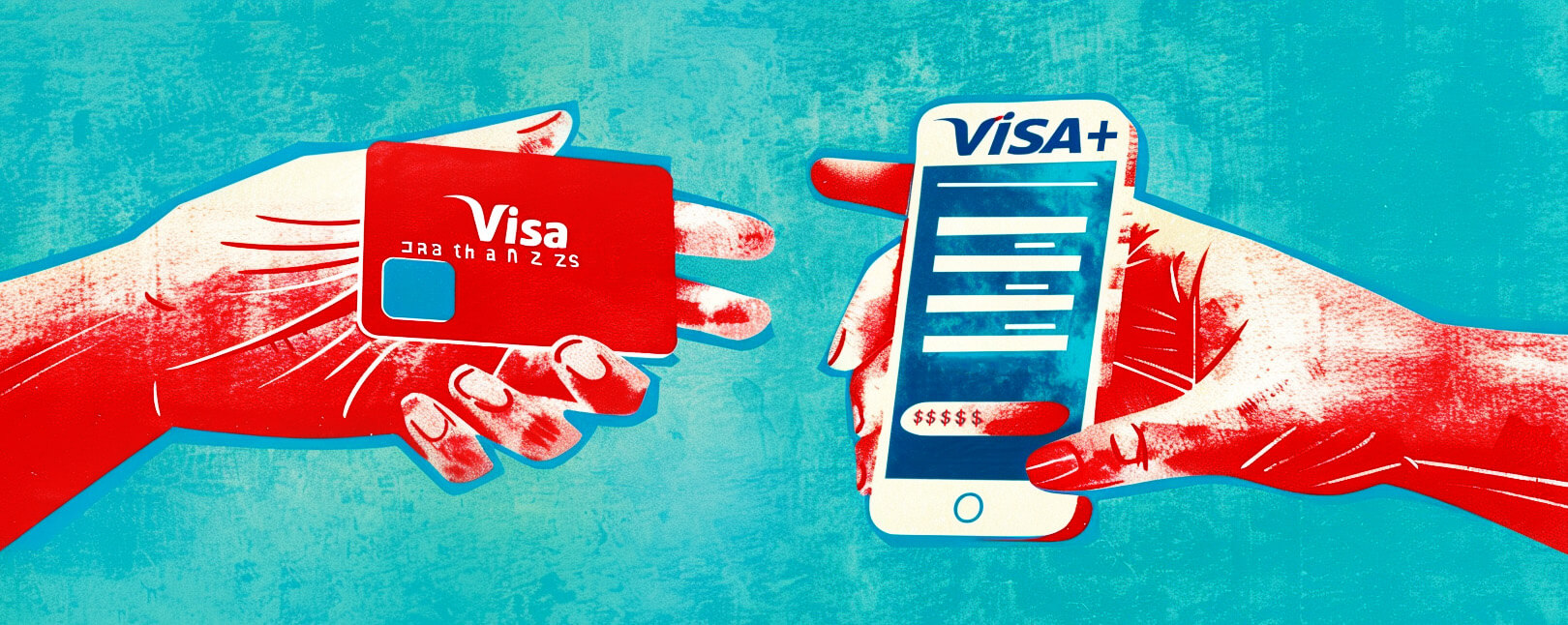Knowing Your Terminal ID Number (TID) Could Prevent Your Next Chargeback
Do you have a transaction receipt handy? If so, you’ll see that there are several numbers printed there. One of these is your terminal identification number (or TID).
Your TID tracks and records all transactions processed using that specific point of sale (POS) system. But, while this eight-digit number is only really relevant to specific situations, many merchants confuse their TID number for identifiers like their merchant ID or taxpayer identification numbers.
How do you tell these numbers apart? What does your terminal ID tell you? And, what does it have to do with chargeback management? Let’s take a close look at these questions and try to clear up some confusion.
Recommended reading
- What is Alipay? Can US Consumers & Merchants Use Alipay?
- How to Use a Contactless ATM & Where to Find Enabled Devices
- What is EMV Bypass Cloning? Are Chip Cards Still Secure?
- Dispute Apple Pay Transaction: How Does The Process Work?
- Visa+: Get the Most Out of Digital Wallets With This Tool
- Mastercard Installments: How Mastercard BNPL Works
What is a Terminal ID Number?
- Terminal ID Number
A terminal ID number, also known as a “terminal identification number” or “TID,” is an eight-digit sequence of characters used by financial institutions to monitor which terminal is used to process a transaction. The TID also enables merchants to quickly locate transactions in the event of a refund or dispute.
[noun]/tər • mə • nl • ī • dē • nəm • bər/Not to be confused with your merchant ID number (MID), your terminal ID number is unique to each specific point-of-sale terminal. It’s used to identify the source of a transaction in relation to your specific payment system. This eight-character alphanumeric code helps your bank, terminal provider, and payment network identify your POS terminal, what software you are using, and the location and status of your hardware.
No two terminal IDs are alike. Every terminal carries one of these numbers, from main operating terminals in retail shops to pay-at-the-table remote readers, contactless terminals, and swiping stations.
TID VS MID: What’s the Difference?
Unlike terminal IDs, a merchant identification number is a unique code provided by your payment processor. You’ll have a unique MID for each merchant account you possess.
When you submit a cardholder’s information following a purchase, the MID is the number used to identify you throughout the transaction process. This helps ensure that the funds go to the correct account. Without a MID tied to a transaction, the funds would have no destination. The bank would not be able to route the funds to you properly. A transaction ID, on the other hand, traces the transaction to the specific piece of hardware used in the transaction.
You have a unique TID for each of your card terminals. So, if you use three different card readers, each one has a unique TID. However, all of your terminals can still be grouped together under a single merchant identification number as long as they’re tied to the same bank account.
What's the Purpose of a Terminal ID Number?
Terminal ID numbers help banks and processors identify your equipment in relation to your network.
For instance, let’s assume that you have three payment terminals. Terminal A might be your main POS machine. Terminals B and C operate under the same operating system and network, but upload all transactions to that main terminal. This would mean that terminals B and C are remote or satellite terminals of that main unit, but any transactions initiated on the other devices are to be counted among the net totals for the entire system.
In another example, let’s say that you operate using multiple merchant IDs under different merchant category codes (MCCs). You conduct different transactions using different terminals, as they are meant to be routed to different accounts. For instance, brick-and-mortar sales are conducted using a physical terminal, while online sales are done through a virtual POS. You can use terminal IDs to quickly identify transactions conducted using different terminals and, therefore, to different accounts.
The reasons why you and a bank might need to know this information generally stems from a need to swiftly locate a given transaction in the event of a refund request or dispute. Without terminal information, merchants and banks would be unable to differentiate between devices. It could take longer to determine what method of payment was used; whether a given transaction was a card-present or card-not-present sale.
This information isn’t important for merchants under normal circumstances> But, it can help merchants verify a customer’s method of payment in the event of a dispute (more on this further down).
How to Find Your Terminal ID Number
Your payment processor, bank, or terminal provider might occasionally request either your terminal ID or your merchant ID to locate and verify a transaction. Your carrier may also contact you to provide this information in order to identify and authenticate your account and terminal.
You’ll find both numbers at the top of your transaction and settlement receipts. Depending on your payment processor, your terminal ID number might be listed as a TID, TIF, or TSP number.

To lookup your terminal identification number, here are two examples from two different processors:
In any case, your terminal ID number is usually located just below your merchant ID (MID) number. Just remember that these two numbers mean different things and should not be mistaken for one another. One directs your processor to the account to which they should remit payment. The other simply indicates which device was used and when.
Are Terminal ID Numbers Secure?
Well... yes and no.
To access your payment terminal, you would need the required credentials (ID number and password) to access the device. If enabled, some POS terminals may use preset terminal security protocols that designate one POS terminal as a “master device.” Satellite systems can then access that device and navigate via various login and password criteria. This permits anyone with physical access to a terminal with preset security to enter the transactions that are authorized for that terminal.
When it comes to fraud, data exposure is a very real threat. A bad actor could conceivably gain access to any POS terminal via an online source.
This doesn’t mean that your terminal ID number itself poses any great risk. Remember, the number generally identifies the POS device that a given transaction originates from. A fraudster wouldn’t necessarily benefit from gaining access to this number.
If a fraudster gained access to a machine and its terminal ID, it could be used to falsify transaction records. That isn’t likely to happen, though, as a merchant or bank could ostensibly look up the number to verify the transaction.
To answer this question as succinctly as possible: yes. Terminal ID numbers are relatively secure. However, that answer would change if a fraudster does gains access to your POS system.
Is There a Link Between Terminal IDs and Chargebacks?
Again, yes and no.
Terminal ID numbers are used to verify the POS system used in a given transaction. Since chargebacks are post-transactional, originating from a problematic purchase or service agreement, TIDs have very little to do with the situation. The only thing your TID does is inform the merchant and bank where that transaction took place.
Conversely, terminal ID numbers can be used to help merchants locate information if they decide to fight a chargeback through representment.
During representment, the goal is to provide the bank with all the evidence possible to prove the customer in question was the individual responsible for initiating and approving a purchase. In that case, terminal ID lookup can be very useful for merchants and banks seeking to verify transactions. Once the terminal is identified, you can use the terminal ID to search through every transaction processed on that device, and access the transaction history from there.
So, while the terminal ID doesn’t really have anything to do with the filing of chargebacks, it can help merchants to locate transaction information that could constitute compelling evidence against invalid chargebacks.
Want to ensure your merchant ID against friendly fraud, merchant error, and criminal fraud chargebacks? Click below and get started today.
FAQs
What is a Terminal ID Number?
A terminal ID number, also known as a “terminal identification number” or “TID,” is an eight-digit sequence of characters used by financial institutions to monitor which terminal is used to process a transaction. The TID also enables merchants to quickly locate transactions in the event of a refund or dispute.
What's the purpose of a Terminal ID Number?
Terminal IDs are used to identify your equipment in relation to your network. Banks and merchants can use them to quickly identify which point of sale (POS) system was used to conduct a transaction.
Is a terminal ID number the same as a merchant ID?
No. You have a unique TID for each of your card terminals. If you use three different card readers, each one has a unique TID. However, all of your terminals can still be grouped together under a single merchant identification number.
Where can you find your terminal ID number?
You’ll find your TID at the top of your transaction and settlement receipts. Depending on your payment processors, your terminal ID number might be listed as a TID, TIF, or TSP number.
How can terminal ID numbers be used to fight chargebacks?
From an informational standpoint, a TID can help a merchant locate transaction data. If a cardholder files an invalid dispute, the merchant can use a TID to help compile and submit evidence to validate the original purchase.













